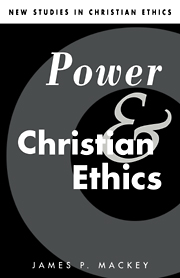Book contents
2 - The anatomy of morals
Published online by Cambridge University Press: 05 November 2011
Summary
On the most elementary account of it, morality combines the features of a distinction between good and evil with a sense of obligation to do the former and avoid the latter. The distinction between good and evil, since it is a cognitive kind of operation, an attempt at telling the difference between good and evil, inevitably contains the usual suggestions about objectivity; that is to say, it suggests that the difference corresponds in some way to what we call reality, and is not entirely an imaginary thing. The sense of obligation, on the other hand, immediately on being ‘sensed’, raises the question of freedom. As paradoxical as it might seem at first blush, I should consider myself to be and to act as a truly moral agent if, and only if that which I feel obliged to do, I am nevertheless free enough not to do, if I choose not to do it. Such is the most elementary phenomenology of human morality that one could easily offer at the outset of any discussion of the matter.
And yet, however transparent the claim of this opening account to represent our most immediate and universal experience of ourselves as moral agents, it can seem to be controverted at almost every turn of contemporary literature on the subject, particularly the literature emanating from Christian sources.
- Type
- Chapter
- Information
- Power and Christian Ethics , pp. 38 - 81Publisher: Cambridge University PressPrint publication year: 1994



